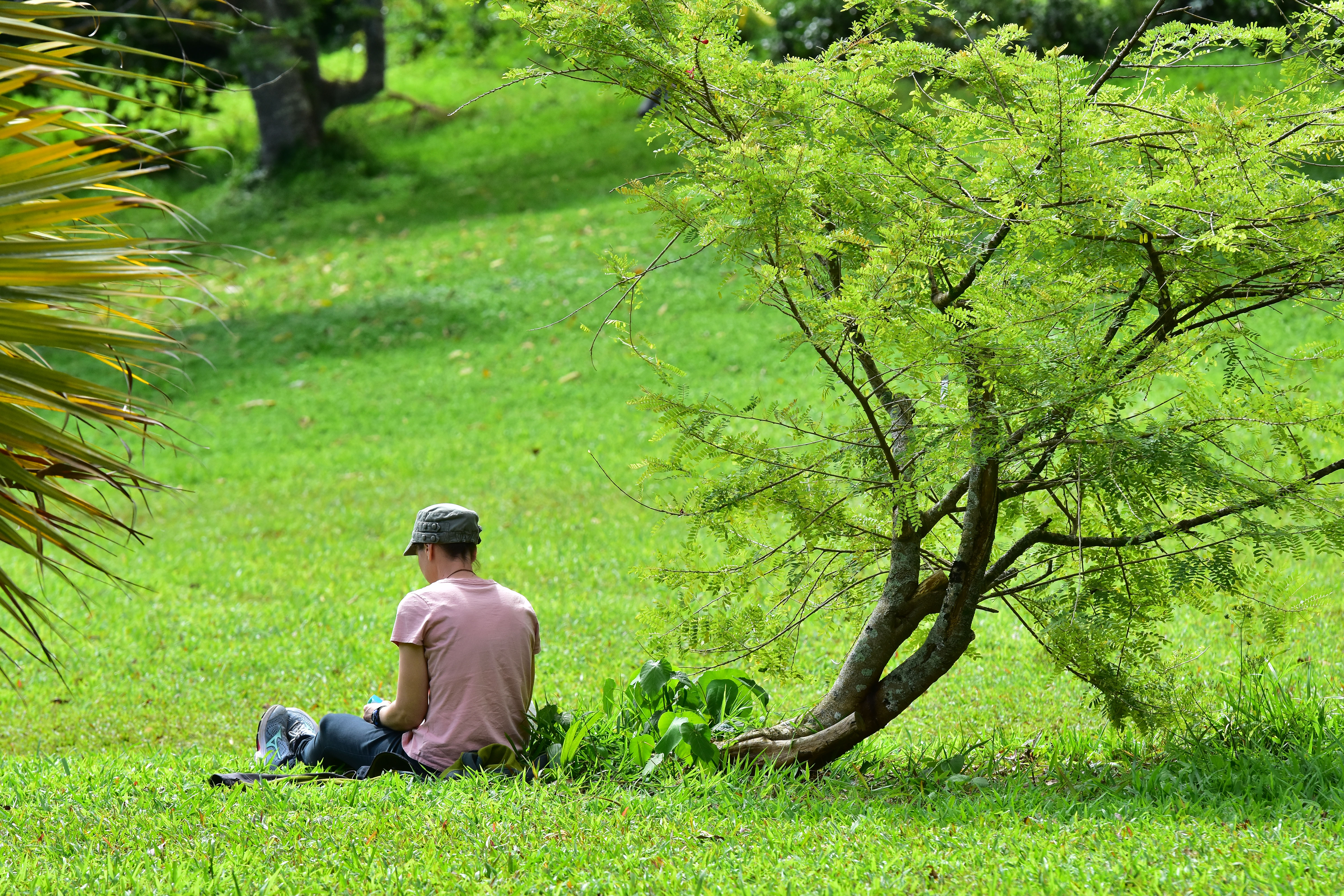“Stay home,” we are told. Front-line healthcare workers are holding paper signs reading “We stayed at work for you, please stay home for us!” On Instagram, you can add the new “Stay Home” sticker to your stories. Across all social media, the hashtag #stayhome has been added to over 6.8 millions posts worldwide. At the same time, health officials are still encouraging fresh air and exercise—it’s one of the few acceptable reasons to leave your home. “If we don’t encourage people to get outside, we will have a widespread social insurrection,” one expert told the Washington Post. While the messaging lacks nuance, many cities and states have limited people’s access to nature: Washington D.C., Chicago, and my hometown of Honolulu have completely closed city parks to the public, and areas including Los Angeles and San Diego have shut down a range of boardwalks, trails, forests, and other outdoor recreation facilities. Northern California parks are mostly still open but are getting crowded.
Certainly, the novelty of this disease poses many more questions than answers, and much is still unknown about the safety of outdoor time with others, the risks involved with keeping park staff working, and the potential that this disease can live on the surfaces of bathrooms, athletic courts, and playgrounds. But could restricting people’s access to outdoor recreation be doing more harm than good?
For centuries, the Japanese have practiced shinrinyoku, also known as ‘forest bathing,’ for both leisure and natural therapy. In fact, rather than prescriptions, healthcare providers in Japan may prescribe time in nature as your treatment for physical or mental illness, and there is convincing evidence to support this therapeutic connection. A 2016 study found that forest therapy participants benefited from reduced pulse rate, increased vigor, and decreased scores for depression, fatigue, anxiety, and confusion. Additional studies have found that time in nature boosts the production of natural killer cells, which aids our immune response to viral infections, and intensifies the expression of anti-cancer proteins.
Physicians across Scandinavia similarly give their patients “green prescriptions” to improve both physiologic function and mental health. Scandinavians, who are regarded as one of the happiest populations, even have a word for being outside—friluftsliv—and they commonly credit their strong connection with nature for their blissfulness.
Physical activity in nature also has the added advantage of increasing energy, reducing tension, and adding greater feelings of revitalization over physical activity indoors. For those recovering from illness generally, nature can also boost the healing process. Multiple studies have found that in hospital settings, patients with a pleasant view out their window recovered, on average, a day earlier.
For many in Hawai‘i, a place where people have a spiritual relationship with the water, land, and all living things, this policy decision is especially challenging to cope with. Our kūpuna, (older adult in Hawaiian) many of whom would often go out for a morning stroll in a park, may now be forced to stay home, as they no longer have access to benches to rest on. Like many other cities, the Honolulu Police Department is enforcing these new park rules, issuing thousands of warnings, hundreds of citations, and in some instances, making arrests.
Other cities are taking a different approach. New York, Connecticut, Michigan, Ohio, and Delaware remain open for “solitary recreational activities.” Seattle, Boise, and many other cities have chosen to close outdoor fitness zones and playgrounds, but still allow citizens to use parks and trails. Several jurisdictions have closed parking lots at popular parks, to help limit the number of visitors, but continue to allow access by foot. In Philadelphia, a stretch of Martin Luther King Drive has been closed to vehicular traffic and provide more space for pedestrians, joggers, and bikers. The National Park Service also recently announced that entrance fees would be waived at all of their parks that remain open. These are simple ways public authorities can encourage outdoor activity.
As society continues to adapt to the terrors of COVID-19, officials need to balance the benefits of time in nature with precautionary public health policies. Staying completely shut in will only heighten the deadly effects of loneliness, isolation, and sedentary lifestyles that already plague our population, especially older adults. More time spent outdoors, where it is easier to practice social distancing, can provide mental stability, promote physical activity, and allow for an escape from these turbulent times. #Stayhome, but also #freshairandexercise.
Colby Takeda is Senior Manager with Blue Zones Project, a community health and well-being initiative, and an Encore public voices fellow with The OpEd Project.


